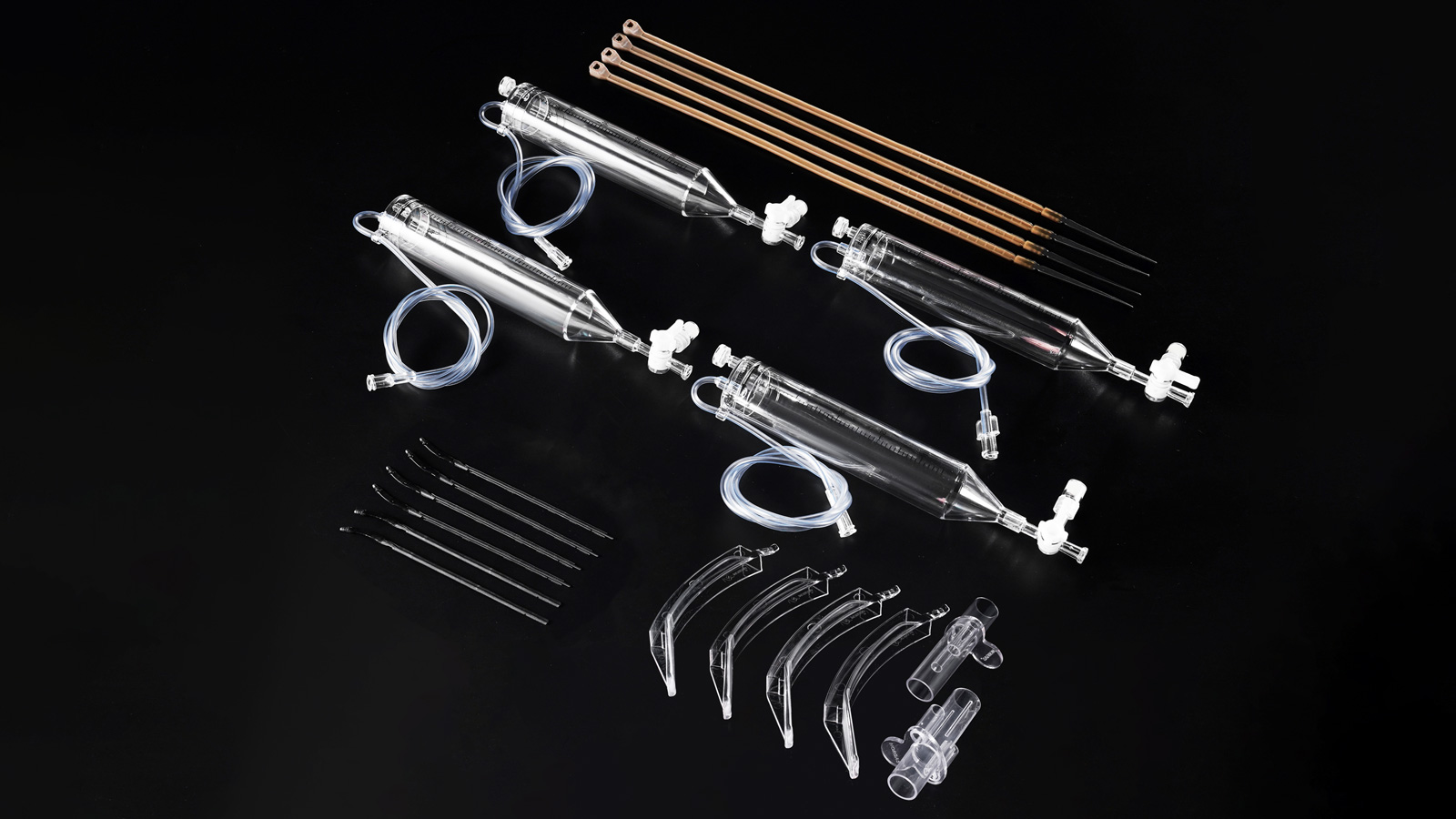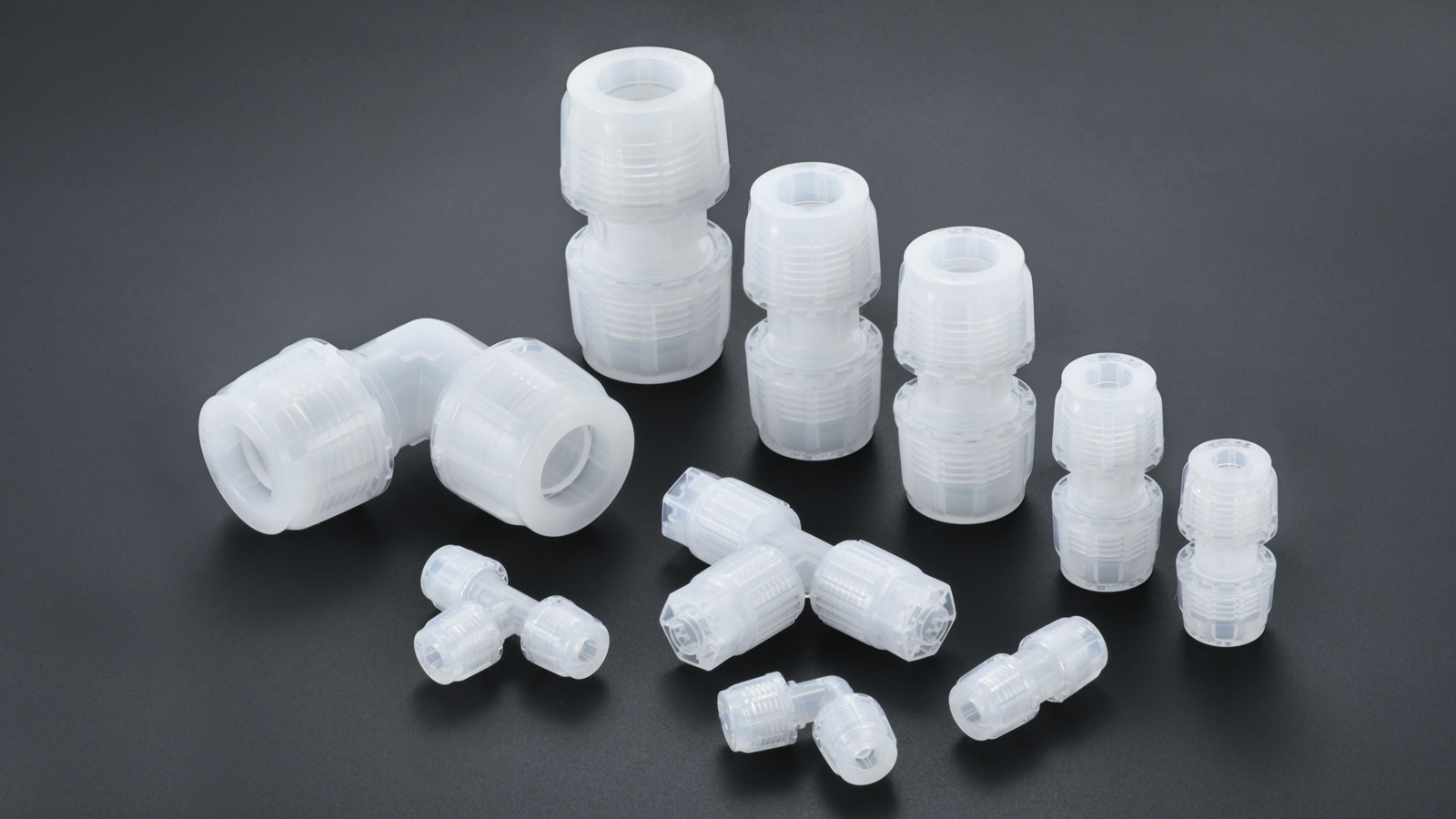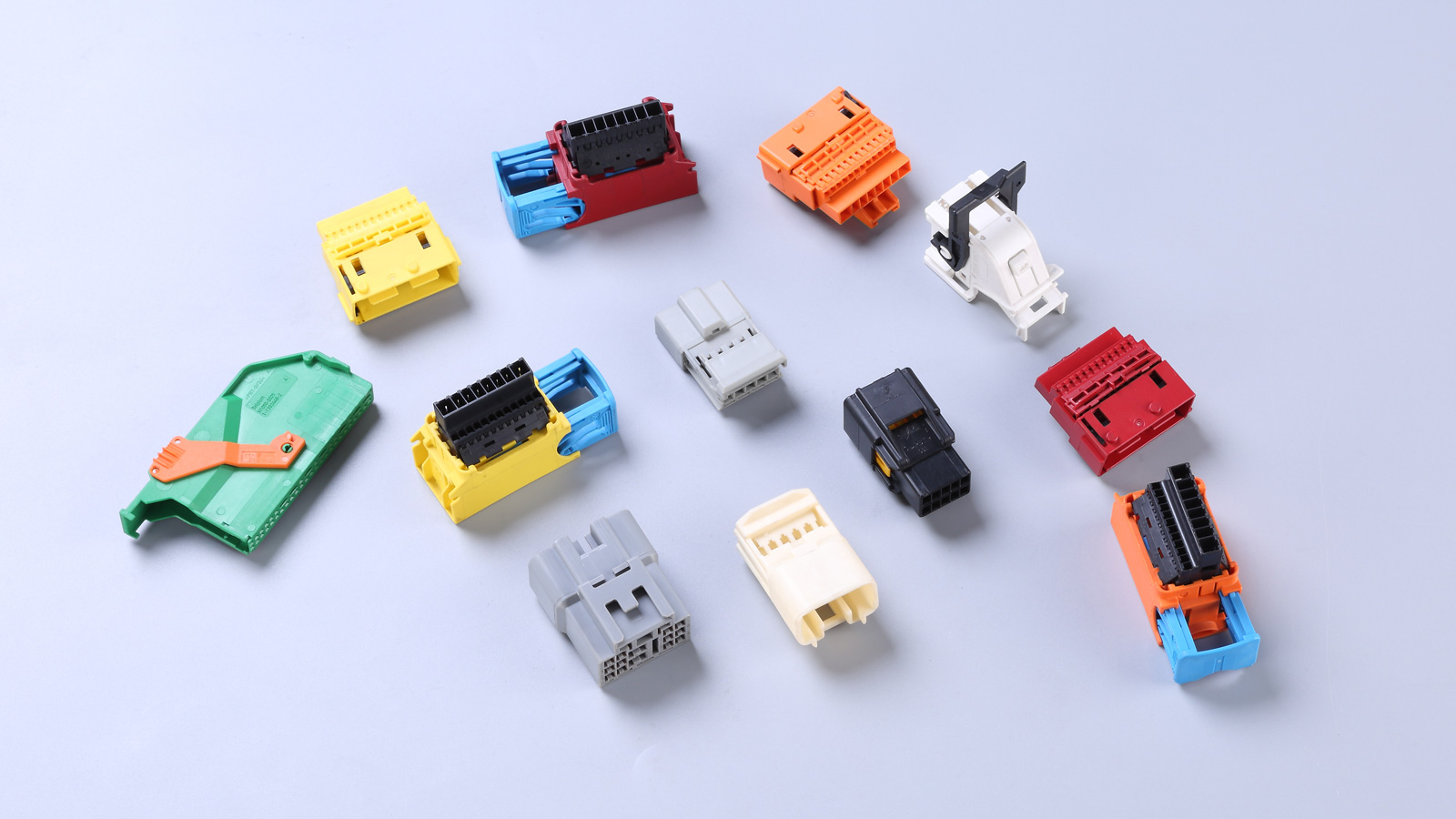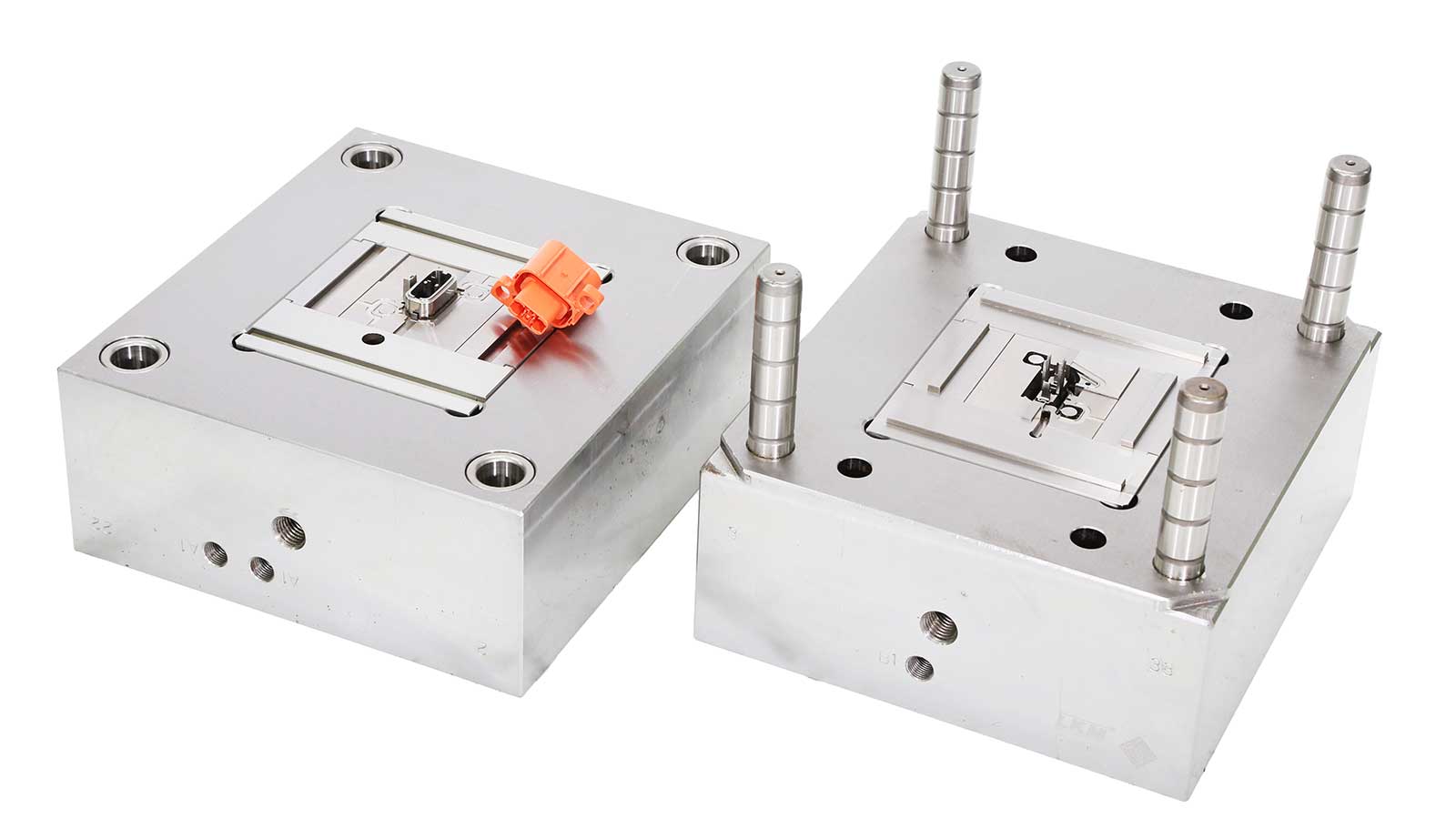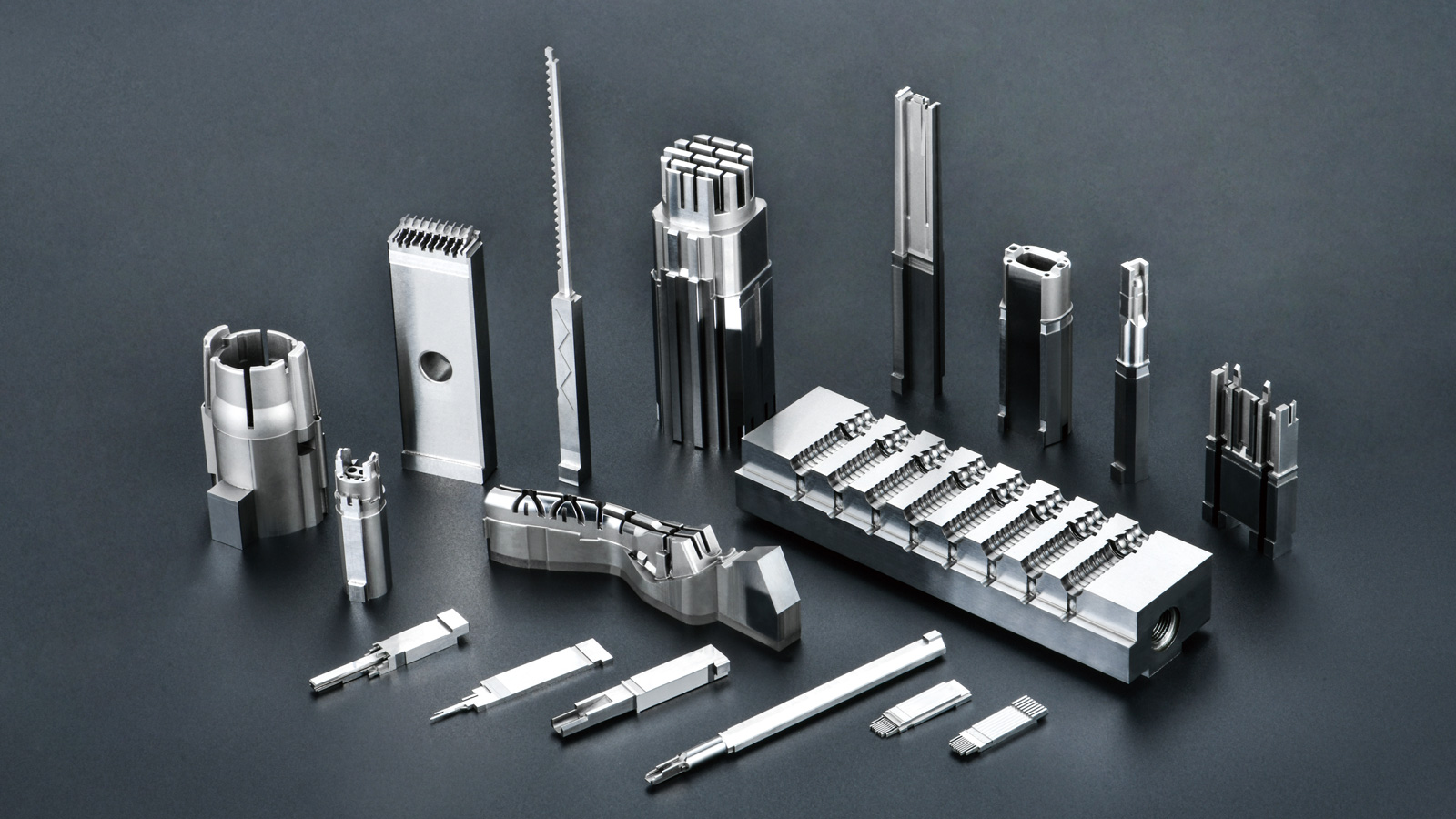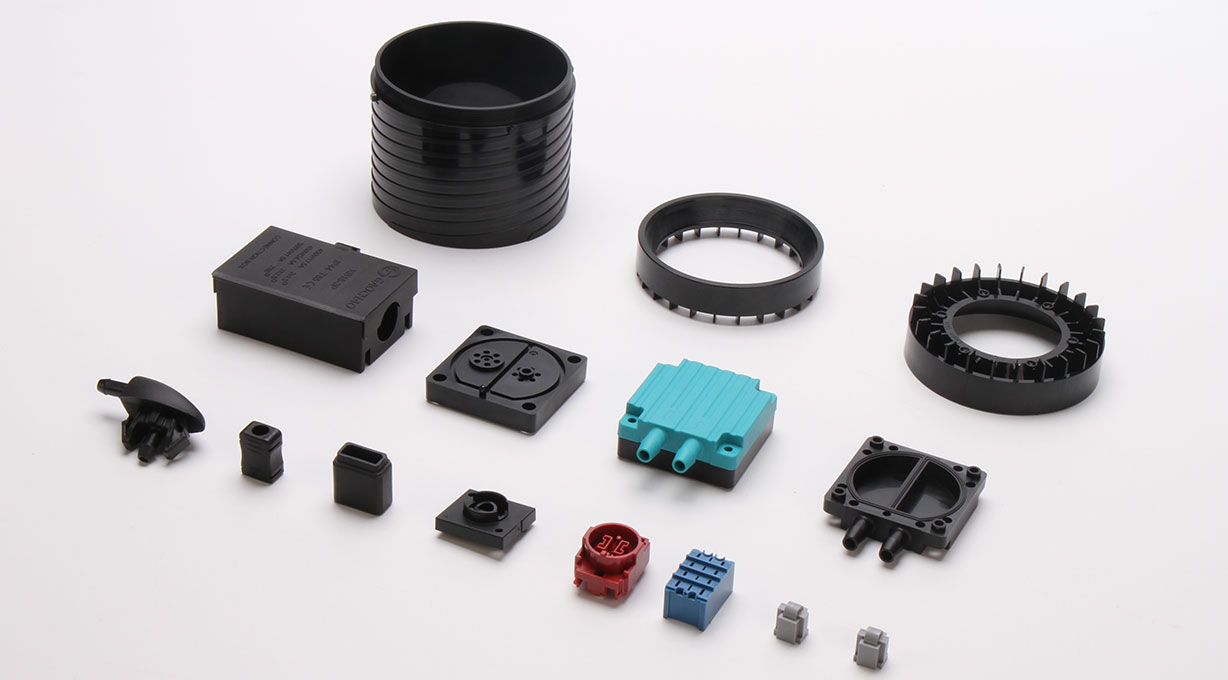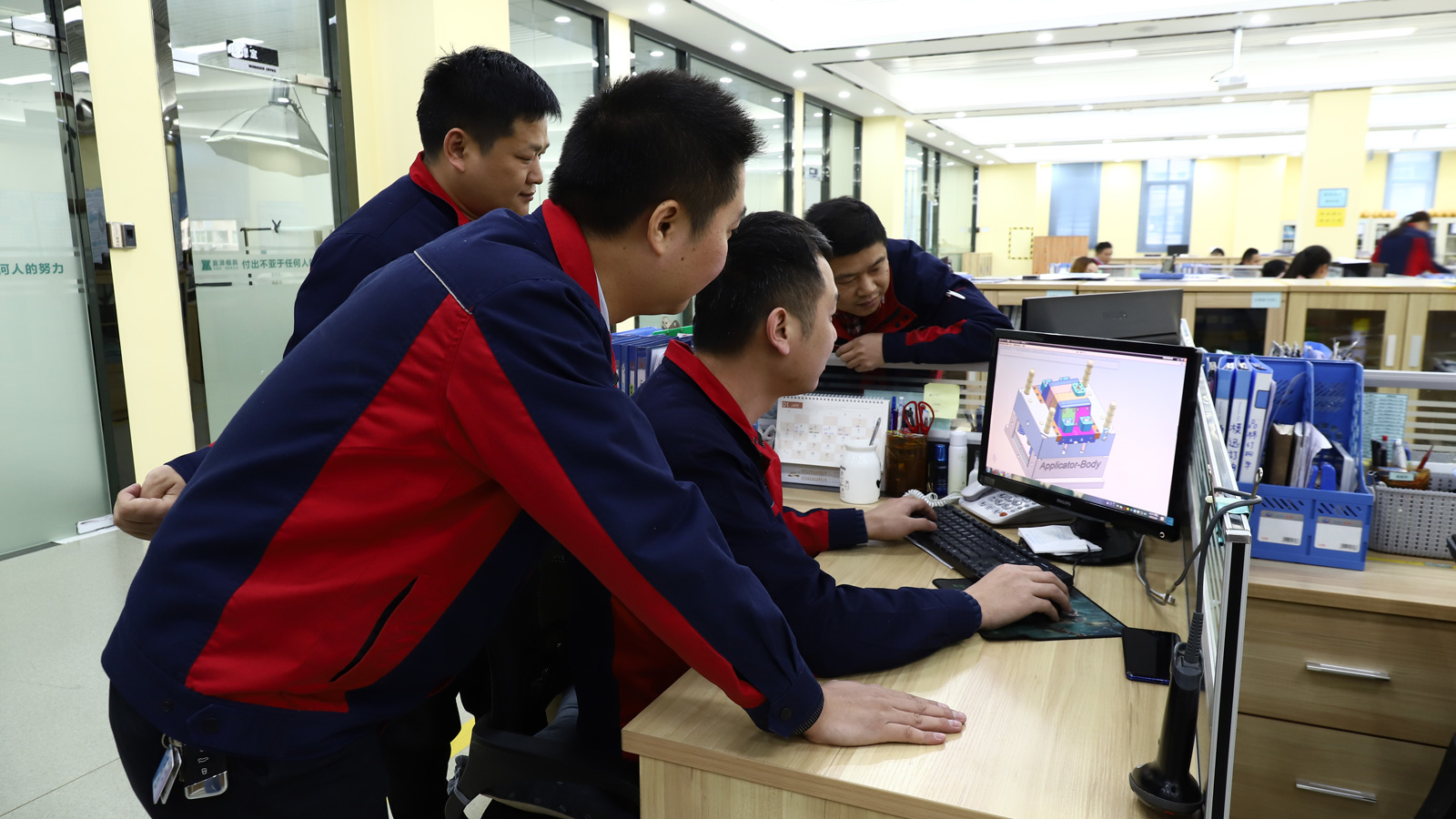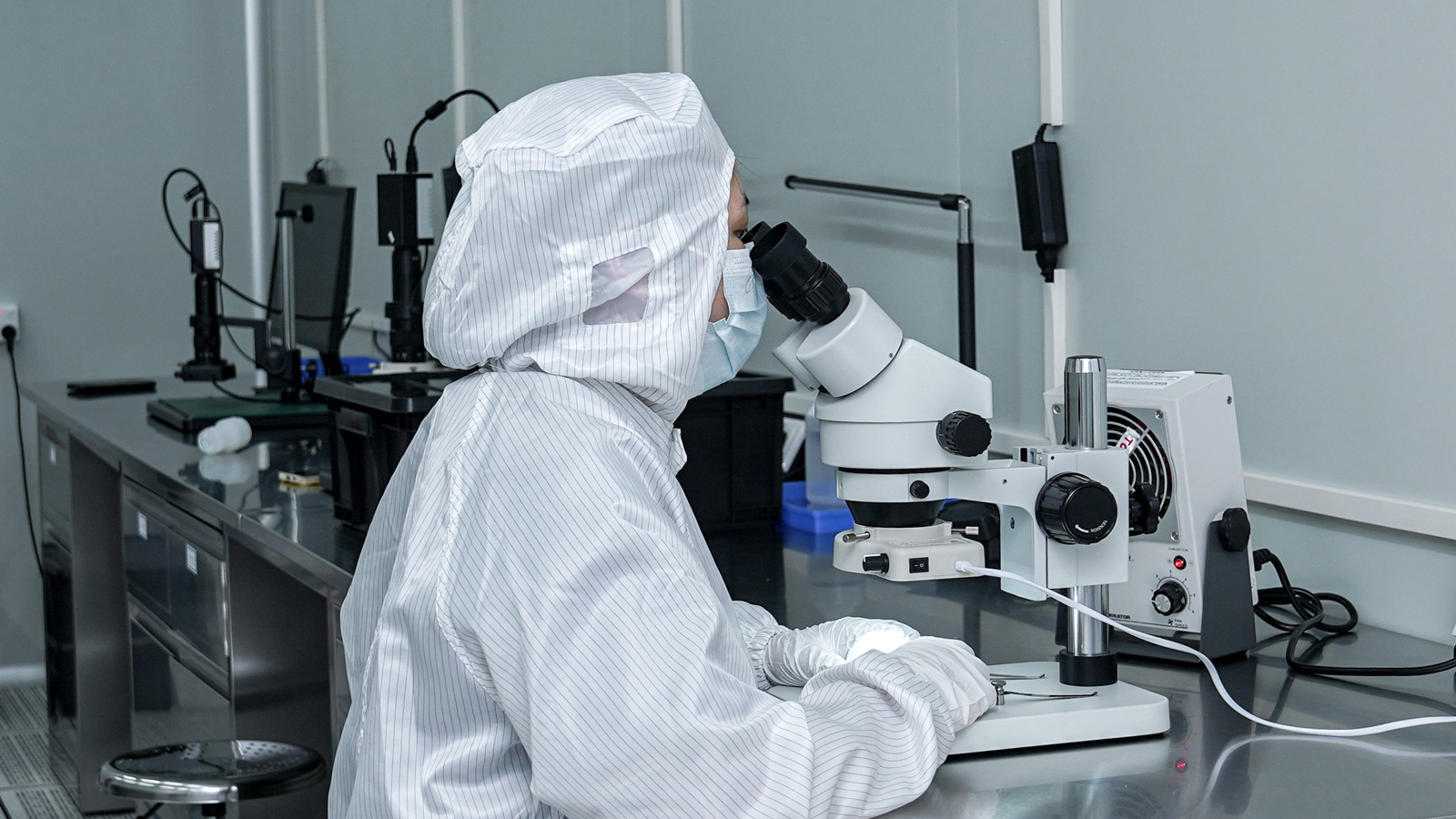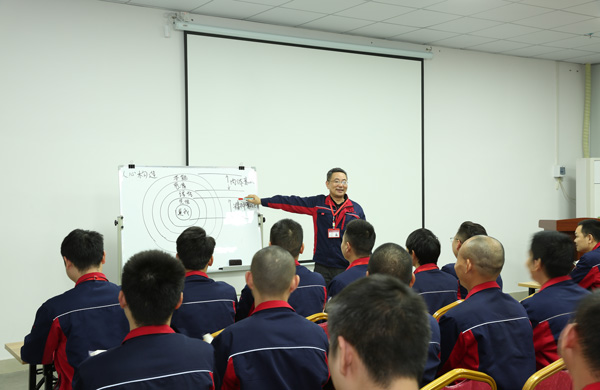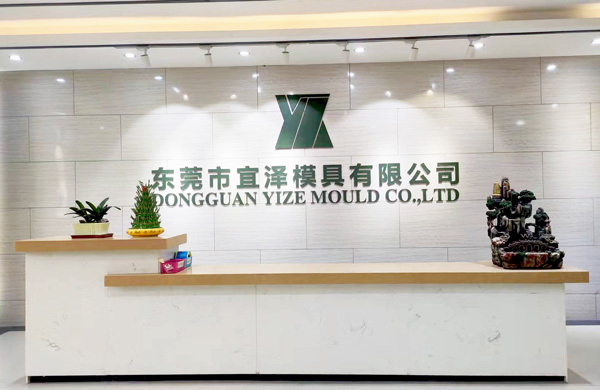In the field of injection molds, hot runner technology is profoundly changing the production mode and development direction of the industry with its unique advantages. The use of hot runners has achieved automated high – speed injection molding, significantly saving manpower and materials, and greatly improving production efficiency. It has become the core development direction for the design of large – scale injection molds. Meanwhile, the components of hot runners also present several key development trends.
Component Miniaturization: Improving Production Capacity and Utilization Rate
Component miniaturization is one of the significant trends in the development of hot runner injection molds. This trend enables small – sized products to achieve multi – cavity molding in one shot and large – sized products to be filled through multiple gates. Specifically, by reducing the nozzle space, more cavities can be configured on the injection molding mold. As a result, the production output of products is significantly increased, and the utilization rate of the injection molding machine is also greatly improved. In the modern plastics processing industry where “time is money”, this improvement is of crucial significance, helping enterprises seize the first – mover advantage in the fierce market competition and improve production efficiency.
Component Standardization: Shortening the Cycle and Reducing Costs
Currently, customers have increasingly strict requirements for the design and manufacturing cycle of injection molds. In this context, the standardization of hot runner components has become an inevitable trend. Standardized hot runner components, such as nozzles, valve stems, and manifold plates, are all of the standard types. This not only helps reduce the repetition of design work and lower the cost of injection molding molds but also greatly facilitates the replacement and maintenance of vulnerable parts. Standardized components enable the rapid replacement and delivery of molds, improving the enterprise’s production response speed and meeting customers’ demands for quick delivery.
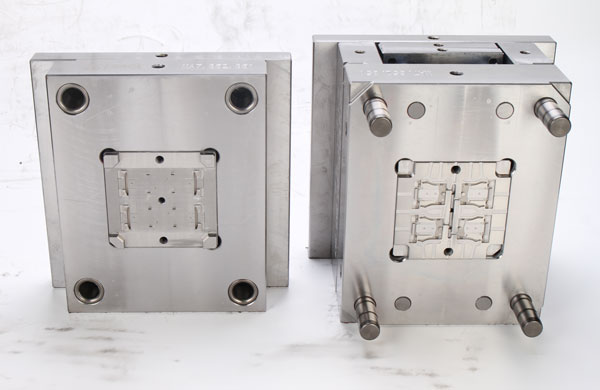
Reliable Design: Ensuring Quality and Performance
Nowadays, great importance is attached to the design of hot runner plates and issues such as pressure distribution, temperature distribution, and sealing at the connection part of hot nozzles. The development and utilization of stacked hot runner injection molds have become a hot spot in the design and manufacturing of injection molds at present. Stacked molds have significant advantages. They can effectively increase the number of cavities, while the requirement for the clamping force of the injection molding machine only needs to be increased by 10% – 15%. This trend of reliable design helps ensure the quality and performance stability of injection – molded products, reduce failures and defect rates during the production process, and improve the enterprise’s production efficiency and product quality.
Precise Temperature Control System: Preventing Resin Degradation
During the molding process of hot runner molds, the development of more precise temperature control devices is an effective measure to prevent resin overheating degradation and product performance reduction. By precisely controlling the temperature of the molten resin in the hot runner plates and gates, the resin can be ensured to be molded in the optimal state, avoiding resin degradation due to excessive temperature, which would affect the physical and chemical properties of the product. The development of the trend towards a precise temperature control system helps improve product quality and consistency and meet different customers’ high requirements for product quality.
In conclusion, these development trends of hot runner injection molding molds are interrelated and mutually reinforcing, jointly promoting the injection mold industry to develop in a more efficient, reliable, and precise direction. With the continuous progress of technology, it is believed that hot runner injection molds will play an even more important role in the future plastics processing field.
